Leading for Well-Being

First things first: Investments in workplace health initiatives pay off. Stress, as a chronic illness, adds $300 billion annually to US business costs. It causes increased absenteeism, as well as the problem of “presenteeism” – when sick employees come to work, but they aren’t productive. Today, many American employees are unhealthy or overweight, causing group health care costs for American employers to increase every year.
But now the good news: A meta-analysis on costs and savings associated with workplace wellness programs has found that every dollar spent on wellness lowers medical costs by about $3.27 and cuts absenteeism costs by about $2.73.
Taking steps to improve employees’ physical, mental, emotional and spiritual well-being will result in a happier, healthier and more productive workforce. Here is how you can promote employee well-being as a leader:
Get Your Employees Moving
Sitting in an office all day is not good for employees. Health hazards like heart disease, diabetes, stroke, high blood pressure and high cholesterol have been associated with a sedentary lifestyle.
And no, regular workout sessions at the gym won’t reverse the negative effects of prolonged sitting. That’s why it’s important to help employees work more movement into their workdays. An Australian study has found that breaking up sedentary time with very short but frequent intervals of standing and moving will do the trick.
As an employer, here are some suggestions for helping employees making movement part of their office work routine:
- Make standing and treadmill desks available throughout the office.
- Post signs urging employees to take the stairs or to stand up at their desks periodically.
- Encourage employees to set a timer every hour reminding them to stretch and move.
- In your meeting room booking tool, insert an option for scheduling walking meetings outside.
Investments in workplace health initiatives pay off.
Of course, the above does not negate the importance of maintaining a regular workout routine. Having your employees work out regularly is good for your business in two ways. Workplace sustainability expert Leigh Stringer cites studies linking workplace health programs to a higher bottom line and lower health care costs.
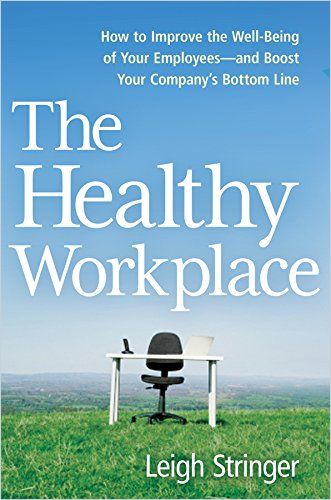
Here are some ways employers can help their staff get started – and stick with – a regular exercise regimen:
- Offer one-on-one health and fitness coaching.
- Introduce a buddy or team system: Peer pressure motivates people to join exercise programs and stay with them.
- Organize an employee fitness challenge.
- Set up a company leaderboard on a fitness and sports tracking platform.
- Make space for bike storage, showers and other facilities that encourage exercise.
- Lead by example by engaging in an exercise program yourself.
Prioritize Mental Well-Being
In a national survey, almost every fifth US employee said they experienced symptoms of a mental health disorder in the previous month. Worldwide, the WHO estimates that depression and anxiety disorders alone cost the global economy $ 1 trillion US dollars in lost productivity per year.
From a leader’s perspective, it’s costly not to acknowledge and address mental illness or related conditions that manifest at the workplace. In fact, the faster you face emerging issues, the better the chances for a positive outcome for everyone involved.
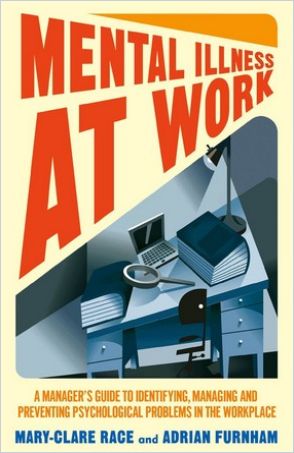
Psychologists Mary-Clare Race and Adrian Furnham offer useful advice on how to recognize and address different types of mental illnesses and personality disorders. As a leader, learn to spot mental health issues. Staff members who underperform, torpedo projects, undermine office morale, violate legal or moral boundaries, or approach their work so carelessly that they get fired may be struggling with some form of mental illness. If your employees appear stressed, ask what the trouble is or if you can help by changing some work situation. If the quality of their work has changed, they might be ashamed or afraid, or think they are doing worse than they are.
Nurture a Healthy Work-Home Balance
The term “work-life balance” may be outdated (many prefer to talk about work-life integration instead), but the intention behind the concept remains relevant: We all need to set boundaries around our work obligations in order to stay healthy.
As a leader, you must set these boundaries for yourself – both to protect your personal well-being and to set an example for your employees. Go home at a decent time and don’t send nighttime emails. If you manage a remote team, you may open up your calendar to your team, with marked-up timeslots blocked for personal and family time.
From a leader’s perspective, it’s costly not to acknowledge and address mental illness or related conditions that manifest at the workplace.
Be open to different approaches to the workday, such as flextime and part-time options. For your employees to thrive, don’t encourage them to put in overtime. Instead, applaud them for pursuing activities outside the office. The skills and insights they gain through non-work activities will help make them more creative at work.

Address Workplace Loneliness
According to a study from TotalJobs, three in five people feel lonely at work. Of this majority, 68% say that workplace loneliness heightens stress levels and 56% say it harms their sleep. Loneliness is an epidemic in modern society, and the workplace is not spared from its effects.
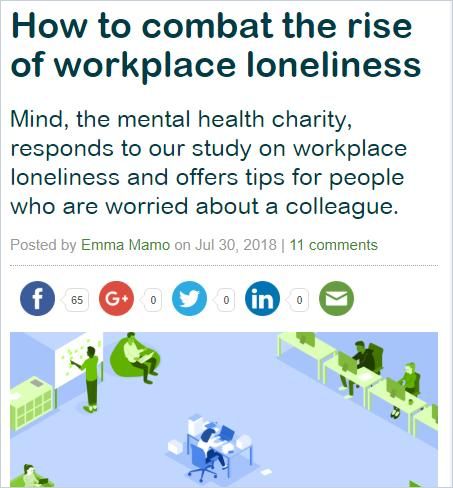
Studies cited by Forbes suggest that about 40% of workers in the United States feel isolated. These employees take more sick days; are 18 times less likely to be promoted; and are generally less engaged, productive and creative. Helping your employees feeling emotionally connected to each other must become a leadership priority. And no, organizing more company picnics won’t do, advises former US surgeon general Vivek Murthy. His advice to leaders: Give employees the space and sense of safety to be themselves and share something about their personal lives if they want to; treat each and every employee as a human being; and let them know they matter.

Create a Values-Based Woark Culture
One of the most effective ways to promote employee well-being is to enhance the positive factors about working for your company. First and foremost, argues consultant Erica Keswin, people seek a sense of purpose at work.
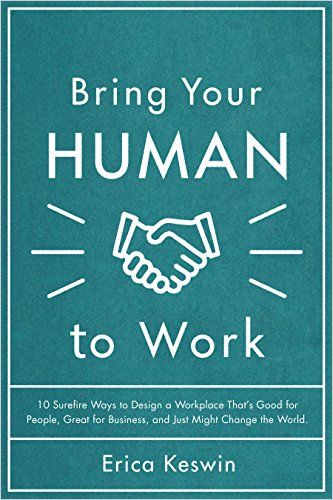
To create a purposeful workplace, a company must base its culture on well-defined, vigorous, durable values. As a leader, make sure your actions reflect these values as you treat each and every employee as a human being rather than a skill set. Enable employees to grow on the job by offering continuous learning opportunities. And don’t forget to say thank you – often. Building a culture of gratitude will make your employees feel seen and appreciated at work. For case studies on how different companies practice a values-based work culture, check out Keswin’s book.
Launch a Wellness Movement
Wellness expert Laura Putnam suggests you try the following experiment: Invite employees to place colored marbles in a glass container. The color they choose represents the day they had. Green represents a good day. Red is for a bad day and yellow is for a days that falls in the middle. If red dominates, the time for a wellness program in your office is now.
As Putnam sees it, a workplace wellness program must counteract all negative, yet still common attributes of the workplace, from prolonged sitting to human disconnection and stress. Don’t even use the word “wellness,” she advises. Instead, invite your employees to join a movement, which is more motivating.
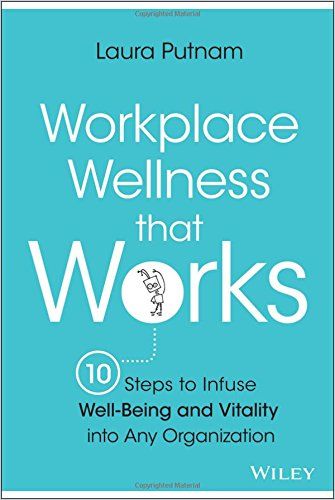
When you acknowledge healthy behaviors, you encourage a cultural change toward wellness. Offer higher salaries for achievement rather than bonuses that promote overworking. Award incentives to employees who perform community service. Foster human connections during meetings by encouraging everyone to speak, share a story or voice an opinion. Offer training programs on emotional intelligence or mindfulness. These are all real-life examples of companies building wellness into their DNA. And their efforts did not hurt their bottom line one bit.










